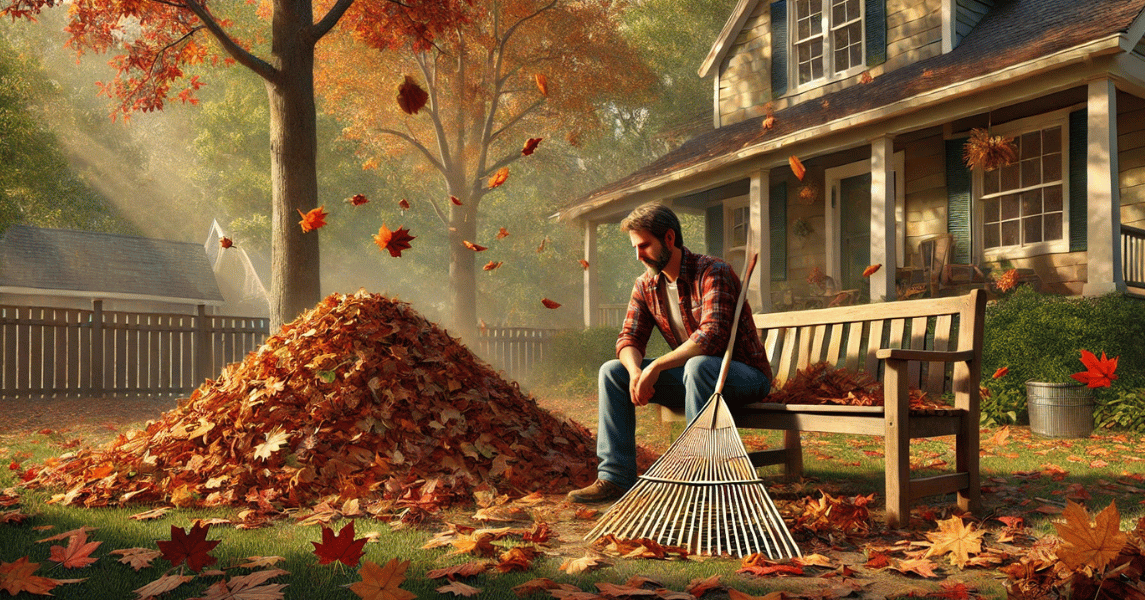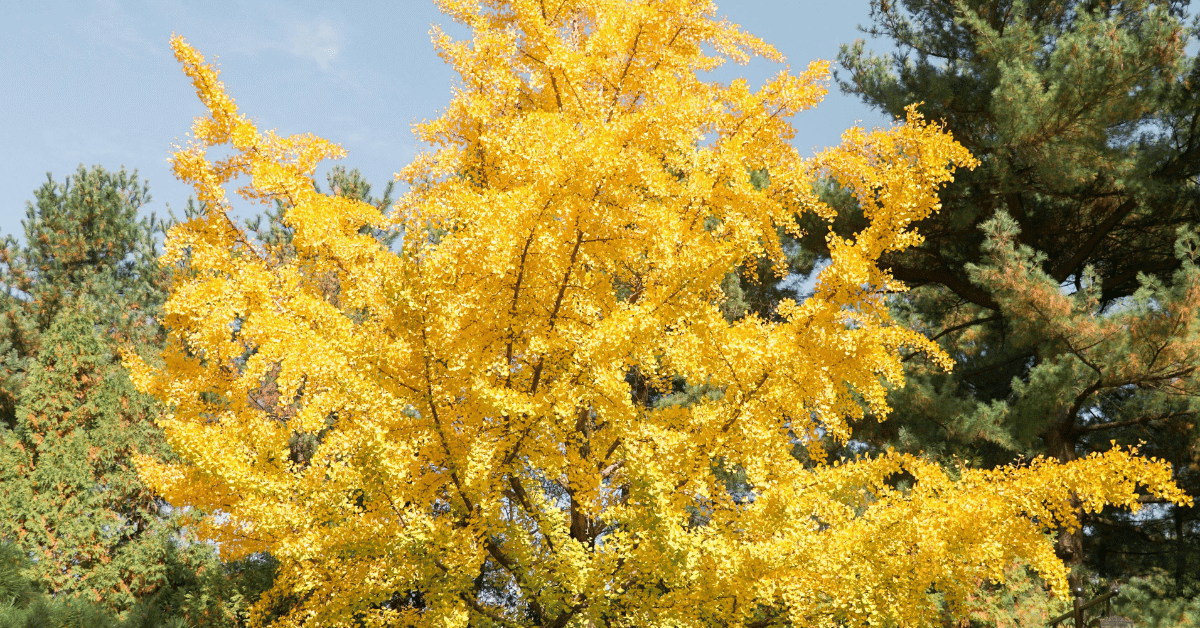Taking care of the trees in our yards means knowing how they stay healthy naturally. A big topic among tree experts and homeowners is whether to use tree wound sealer after cutting or hurting a tree. So, what's the latest advice on this?
Trees have their own way of dealing with cuts or damage. They don't heal like our skin. Instead, they seal off the damaged part to keep disease and decay from spreading. People have used tree wound sealers, or pruning paint, for a long time to help with this. But, new studies in tree care show that this might not do more harm than good.
Understanding Tree Wounds
Trees, like any living organism, can sustain injuries. Tree wounds can be caused by a variety of factors, including:
- Pruning: Improper pruning techniques or excessive pruning can leave wounds on trees.
- Storm Damage: High winds, lightning strikes, or heavy snow can cause branches to break, leading to wounds.
- Mechanical Injury: Lawn mowers, trimmers, and other equipment can accidentally damage tree bark.
- Insect Infestation: Pests such as borers can bore into tree bark, creating wounds.
- Disease: Fungal infections and other diseases can cause cankers and other types of wounds on trees.
What is Tree Wound Sealer and Why Use It?
Tree wound sealer, also known as pruning sealer or pruning paint, is used on trees after pruning. It's meant to help trees heal by protecting cuts from bugs, diseases, and water. These sealers are made from things like asphalt or shellac to cover the wound.
Why People Seal Tree Wounds
People use tree wound sealers to keep the tree safe, like putting a bandage on a cut. The idea is to:
- Keep out germs and bugs that could get in through the cut.
- Stop the tree from losing water, helping it stay healthy.
- Speed up healing by blocking out problems.
We now know trees take care of wounds differently. They don't heal the damaged part but isolate it to stop decay and disease from spreading. This shows trees can protect themselves without help.
What Research Says About Tree Wound Sealers
Research from the University of Arizona shows these sealers might do more harm than good. Covering a wound can trap wetness and decay, attract pests, and stop the tree from forming a natural barrier over the wound. Instead of helping, sealers might stop trees from using their own ways to stay healthy.
Experts now say it's better to let trees heal on their own.
Letting Trees Heal Themselves
Trees are amazing at protecting and fixing themselves. If a branch gets hurt or cut off, the tree starts to "compartmentalize," which means it builds barriers around the hurt area to keep decay and disease from spreading. With time, trees grow new wood and bark over these spots, making a natural cover that keeps the outside world from getting in.
How Pruning Helps Trees Heal
Making sure we prune trees the right way is crucial for helping them heal on their own. Making clean cuts that consider how a tree grows can lessen stress and help the tree heal faster. Our arborists suggest pruning when trees are not actively growing, as this reduces the chance of stress and disease. Also, using tools that are clean and free from germs helps prevent new wounds from getting infected.
Advice for Tree Owners
If you own a home in Delaware, Pennsylvania, or New Jersey, it's best to trust your trees' natural strength. By taking care of your trees and pruning them properly, you can help them stay healthy without needing wound sealers. If you're facing a tricky situation or are worried about specific tree diseases, talk to an arborist immediately. They can give you advice that's up-to-date and right for your trees.
Proper Tree Pruning Techniques
Proper pruning is more than just a matter of aesthetics; it's a vital practice for maintaining the health, safety, and longevity of trees.
The Importance of Timing
The timing of pruning can greatly affect a tree's health and its ability to heal. The best time for pruning is during the tree's dormant season, typically late winter before spring growth begins. This timing reduces stress on the tree and lowers the risk of attracting insects or disease that are more active in warmer months.
Making the Right Cut
Pruning should always be done with a purpose, whether it's removing dead or diseased branches, shaping the tree for structural integrity, or controlling its size. Cuts should be made just outside the branch collar — the area where the branch meets the trunk or another branch. This method encourages proper healing, as the branch collar contains cells that will help close the wound naturally.
Sterilization of Tools
One often-overlooked aspect of pruning is the sterilization of pruning tools. Before moving from one tree to another, it's crucial to sterilize cutting tools to prevent the spread of disease. Simple solutions like rubbing alcohol or a 10% bleach solution can effectively disinfect tools between cuts.
When to Call a Pro
Some pruning jobs are best left to experts, especially with big trees, trees near power lines, or trees that might be sick. Professional arborists have the right tools and know-how to do the job safely and effectively.
Special Considerations for Using Pruning Paint on Oak Trees
Taking care of oak trees, especially in places where oak wilt disease is common, requires extra attention. Oak wilt is a serious disease caused by a fungus. It spreads from one oak to another through the roots and by beetles that are attracted to cuts on the trees. Knowing when and how to apply pruning paint to oak trees is key to stopping this disease from spreading.
What You Need to Know About Oak Wilt
Oak wilt mainly harms the red oak group, which can die within weeks of getting infected, and the white oak group, which may die more slowly. The disease stops the tree from moving water properly, leading to its death. In places like Delaware, Pennsylvania, and New Jersey, where many oaks are found, oak wilt can cause a lot of damage.
How to Prevent Oak Wilt When Pruning
- When to Use Pruning Paint: Experts usually don't recommend using wound sealers on trees, but oaks in areas with oak wilt are an exception. Putting a thin layer of pruning paint on cuts can keep beetles away and lower the chance of getting oak wilt.
- The Best Time to Prune: It's important to avoid pruning oaks during their growing season, which is usually from April to July. This is when the beetles that carry oak wilt are most active. Pruning during the colder months is safer because the beetles and the fungus are less active.
- Pruning the Right Way: Making sure your pruning cuts are clean and your tools are clean between uses is essential for all trees. For oaks, it's especially important to prune only when necessary, like to remove dead or sick branches, because of the risk of oak wilt.
Contact Strobert Tree Services for Expert Tree Care
At Strobert Tree Services, we are committed to helping homeowners maintain healthy and beautiful trees. Whether you need assistance with pruning, tree removal, or tree health assessments, our experienced arborists are here to help. Contact us today for all your tree care needs in Delaware, Pennsylvania, and New Jersey.











